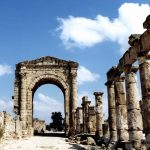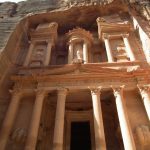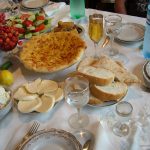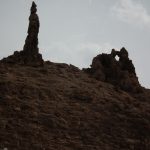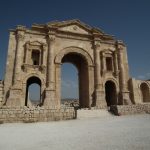Home » Countries » Middle East and Eurasia » Lebanon
Category Archives: Lebanon
Where To Go In Lebanon – A Visitor’s Guide
Lebanon is a really compact country. It’s easy to get pretty much anywhere from its capital, Beirut, within a couple of hours. Lebanon is about half the size of Wales (the standard international unit for country size), has the most fantastic Mediterranean coastline and, moving inland, also boasts wonderful mountain ranges and beautiful valleys. It has a long and fascinating history and some spectacular sites to visit. Here are some ideas for where to go in Lebanon.
The great thing about Lebanon is that it’s possible to visit most of the attractions from Beirut within a day so it is possible to stay there as a base. Another option would be to tour the country and stay in some of the locations that you visit. We would recommend the latter as some of the attractions are a couple of hours’ drive away which would leave less time to explore the sites.
There are good accommodation and restaurant options close to the popular attractions. And you can be assured of a very friendly welcome.
For full disclosure, it has been some years since we visited Lebanon. However, this post aims to show you some of the many places that visitors can enjoy.
Coastline
Many of Lebanon’s major towns and cities are located along its coastline. It has settlements dotted along it every 50km or so from north to south, or indeed from south to north; this distance apparently being about a day’s journey for sea traders in ancient times.
Beirut
Lebanon’s capital is the obvious place to start exploring this fascinating country. Beirut has a long and troubled history and is a city that is changing all the time. It was a prosperous trading city since the time of the Phoenicians and was the site of a famous law school in Roman times. Its location has ensured its position as a centre of commerce. Once dubbed the “Paris of the Middle East” in the middle of the 20th century, it gained a reputation as a place of glamour and decadence.
However, it suffered greatly during the Lebanese Civil War that took place between 1975 and 1990.
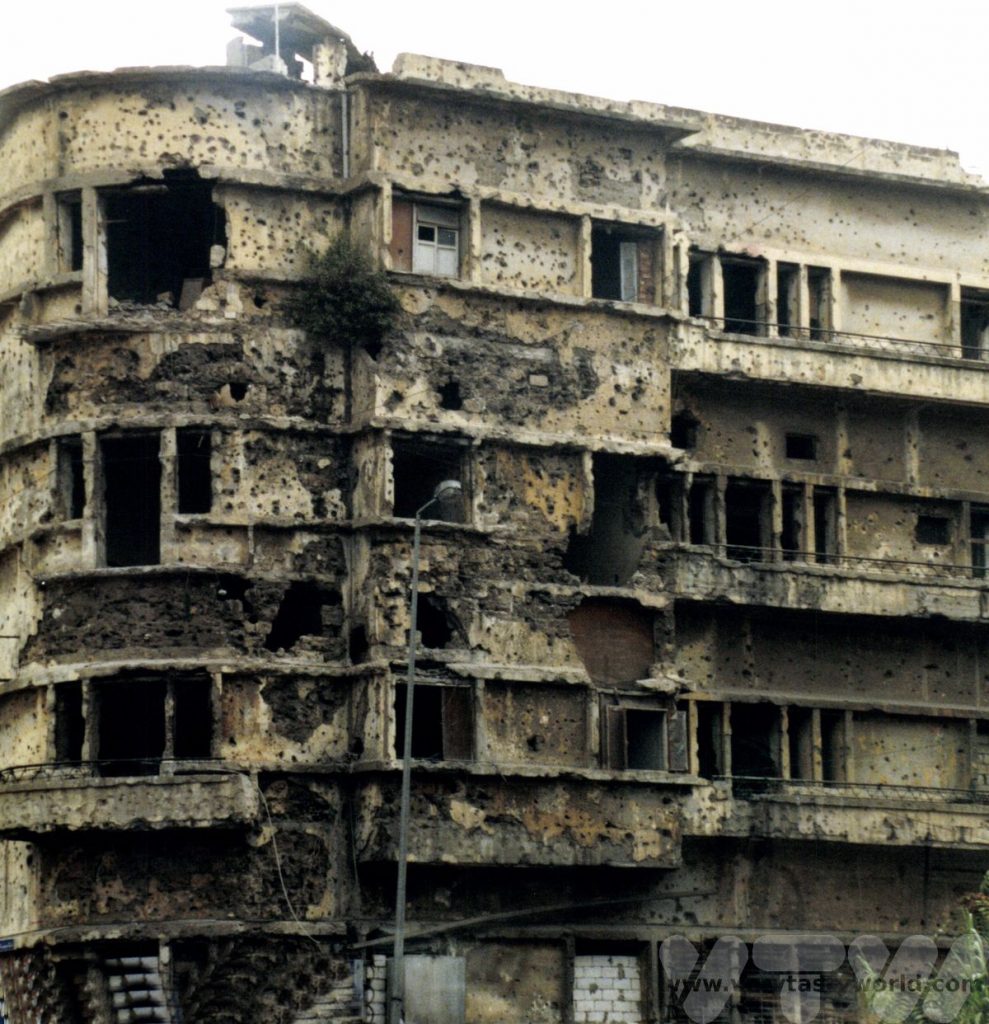
The city has a waterfront promenade called the Corniche, with two remarkable rock formations rising from the sea. They are called Pigeons’ Rock, which seems wildly inappropriate given their splendour. Rock of Raouché, for the neighbourhood they are located near, feels like a more suitable moniker.
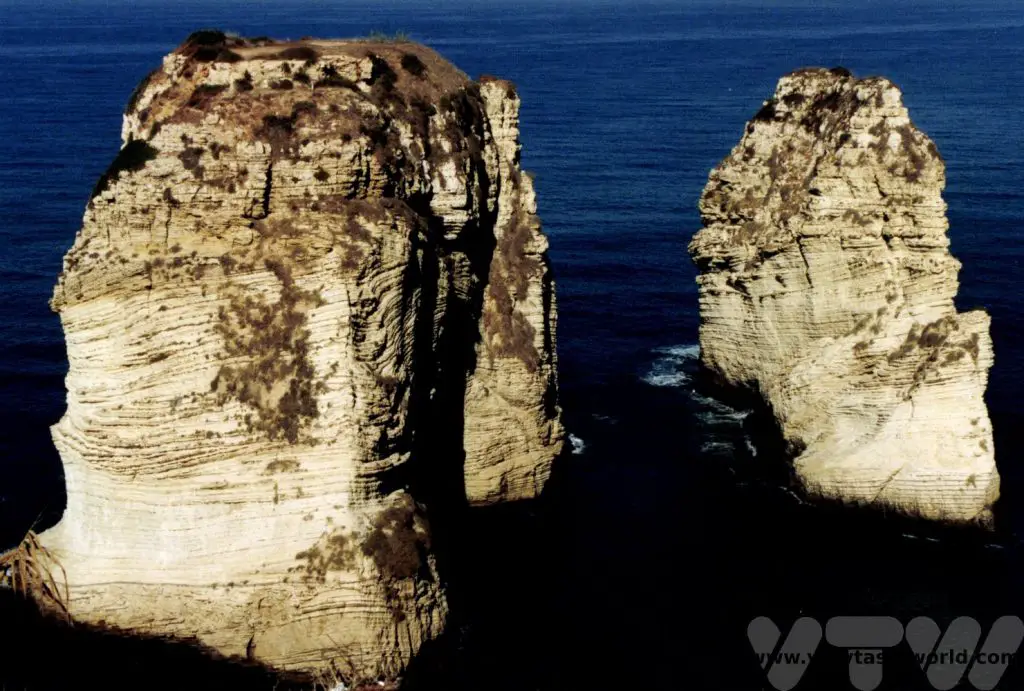
The National Museum is definitely worth setting time aside for. It is located on what was the Green Line during the Lebanese civil war and was significantly damaged as a result. However, it was renovated and restored to its former glory – a grand and imposing building. These days it hosts fascinating displays that exhibit Lebanon’s long and rich history.
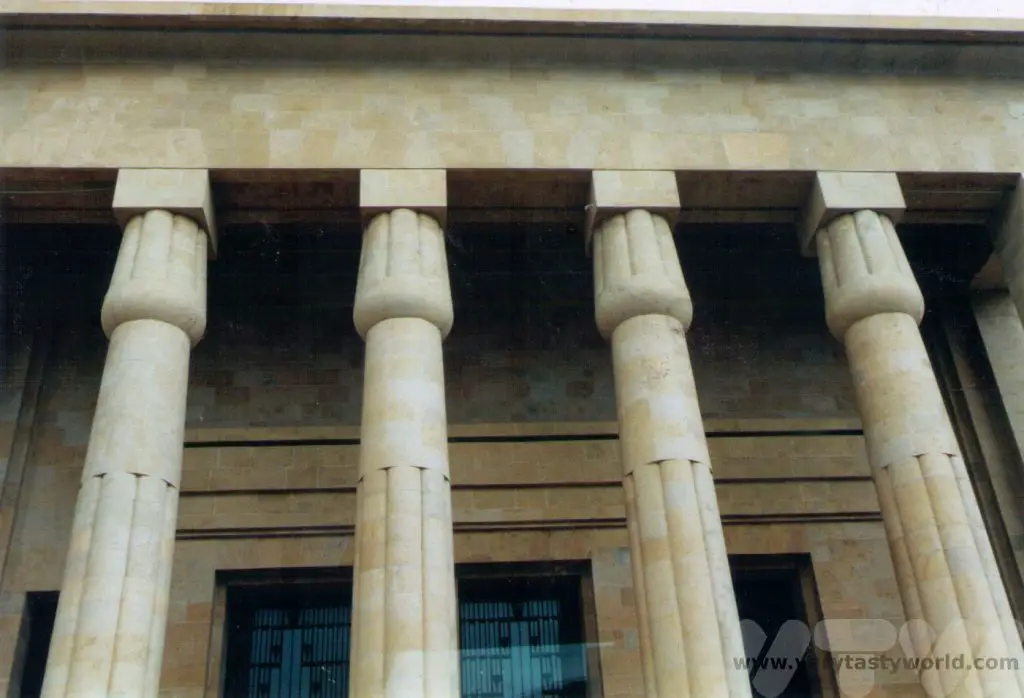
The Beirut Art Centre hosts regular exhibitions of Lebanese and international art.
Beirut has changed dramatically in the days since the war. The scarred buildings have been replaced with modern constructions. Sadly, a huge explosion at the Port of Beirut in 2020 damaged a significant part of the city. The Lebanese economy was in crisis at the time, and the blast has exacerbated this. But we have no doubt that this resilient city will rebuild once again one day.
Tyre
One of the oldest continuously inhabited cites in the world Tyre was founded in about 2750 BCE. The centre of the Phoenician civilisation, it was later conquered by the Greek, Roman, Byzantine, Muslims, Christian Crusaders and Mamluk civilisations. It is located around 85km south of Beirut, around 20km from the Lebanese border with Israel.
Many cities have thrived on their ability to produce a highly desired commodity and Tyre became famous for the Tyrian purple dye, derived from a type of mollusc, that was so expensive and exclusive that only royalty could use it. (Our own city of Coventry became famous for its blue dye – known as Coventry Blue which held fast and coined the phrase, ‘true blue’.)
There are extensive Roman ruins to explore in Tyre – the UNESCO heritage sites of Al Mina and Al Bass.
At Al Bass the hippodrome is enormous in its scale, and considered to be one of the largest and best preserved in the world. It was primarily used for chariot races – you can imagine the excitement of the crowds cheering the horse and carriages thundering round the track.
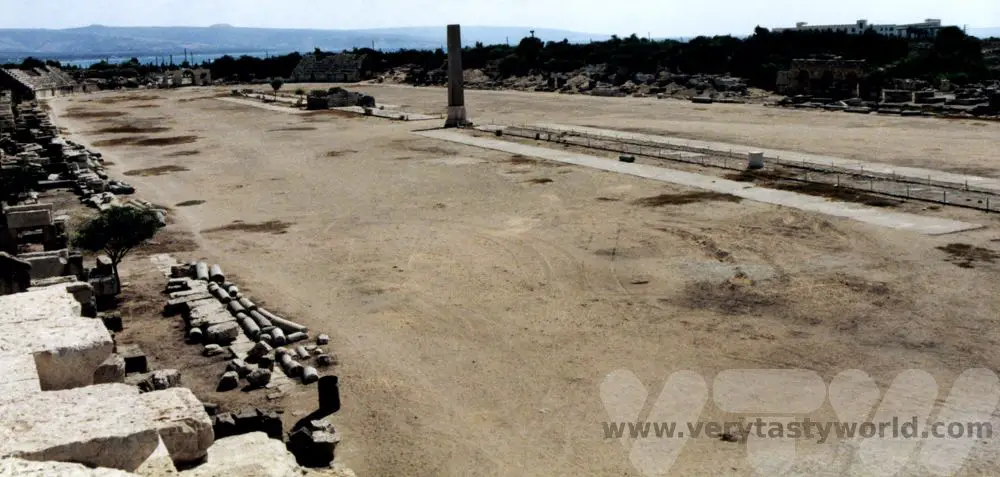
Al Bass also boasts a triumphal arch and necropolis.
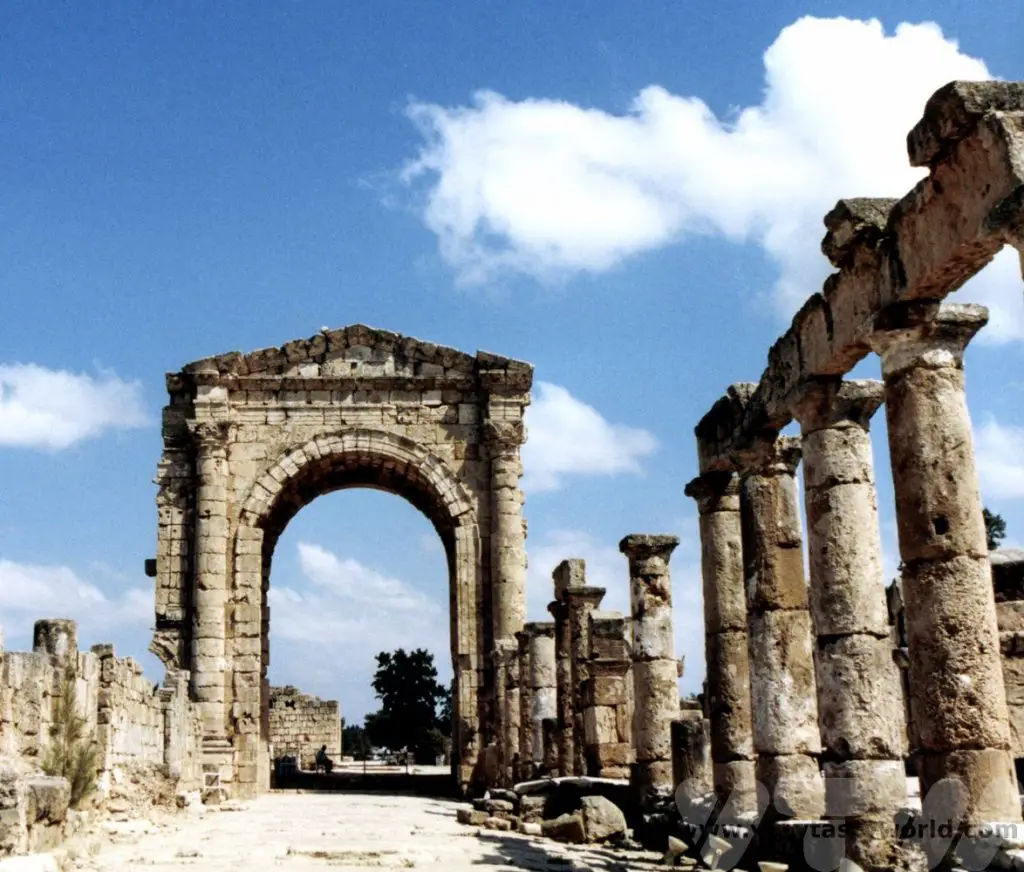
Al Mina is located close to the sea and you can walk along the colonnaded street.
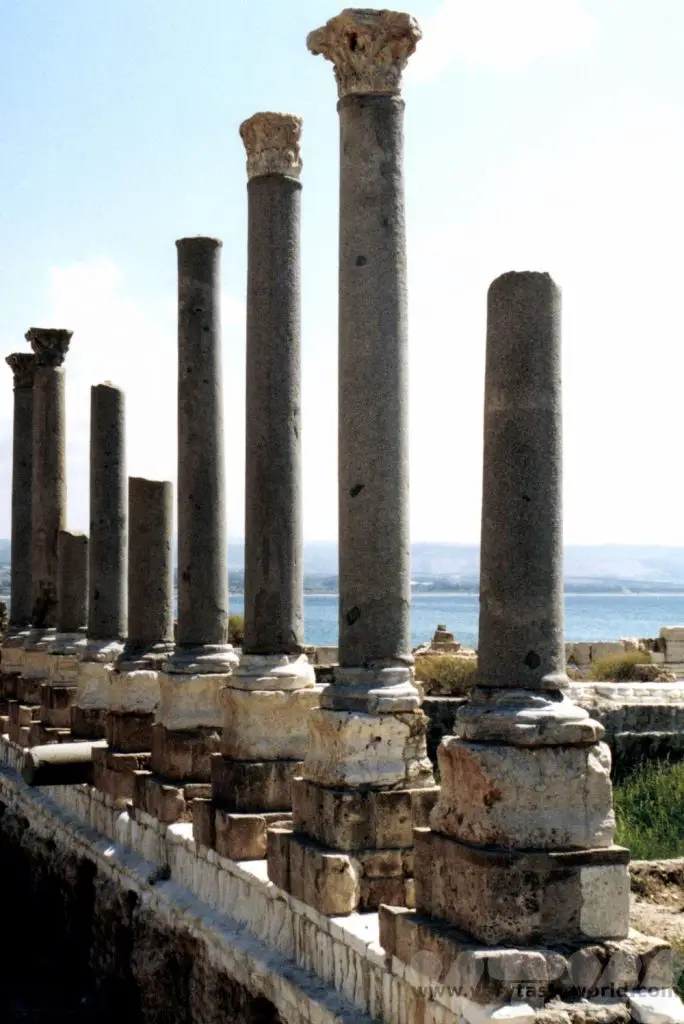
It is interesting to see the ruins continue into the Mediterranean, a legacy from when sea levels were lower.
Sidon
Another city with a long history, Sidon is located around half-way between Tyre and Beirut. It is thought to have been inhabited as early as 4000 BCE.
Its main attraction is the sea castle, built in 1228 by Christian crusaders, on a small island which is connected to the mainland via a bridge. It is thought that it was built upon a Phoenician temple – there is evidence of a Phonecian settlement under the sea nearby. It has been partially destroyed and renovated over the years. There is a small domed mosque, built during the Ottoman era, that sits atop the castle.
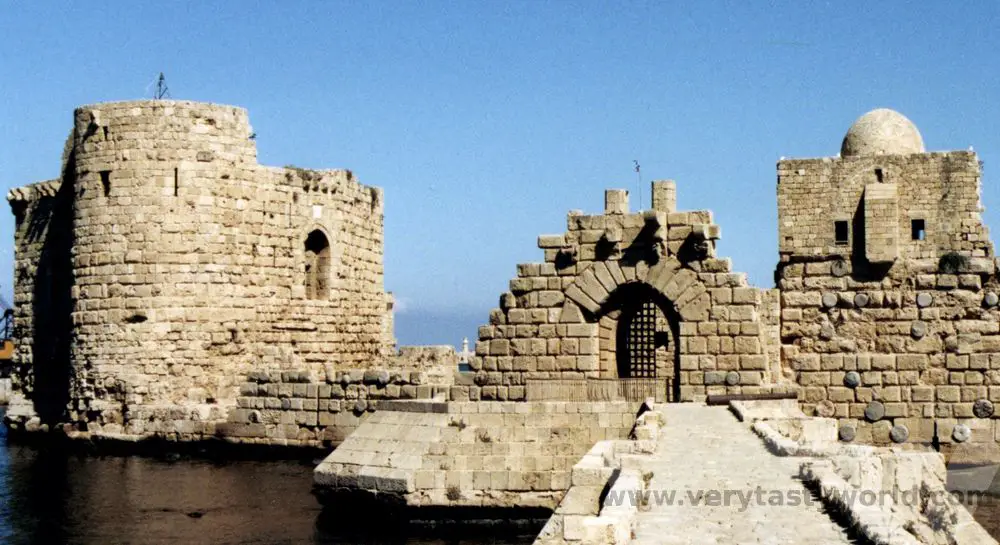
The medina is another essential place to visit – a labyrinth of alleyways in the old stone city, it’s perfect for exploring and getting lost in. There is a soap museum which was originally a factory. You can see the ingredients and understand the techniques used to make soap. And, of course, buy a bar or two.
Beiteddine
Beiteddine is located south-east of Beirut and is easy to visit as a side trip when seeing Sidon. It is an Ottoman palace built between 1788 and 1818 and set in a lovely valley close to Deir el Qamar. The palace itself is a place of very great beauty – with gorgeous architecture throughout it is adorned with mosaics and has serene courtyards and fountains.
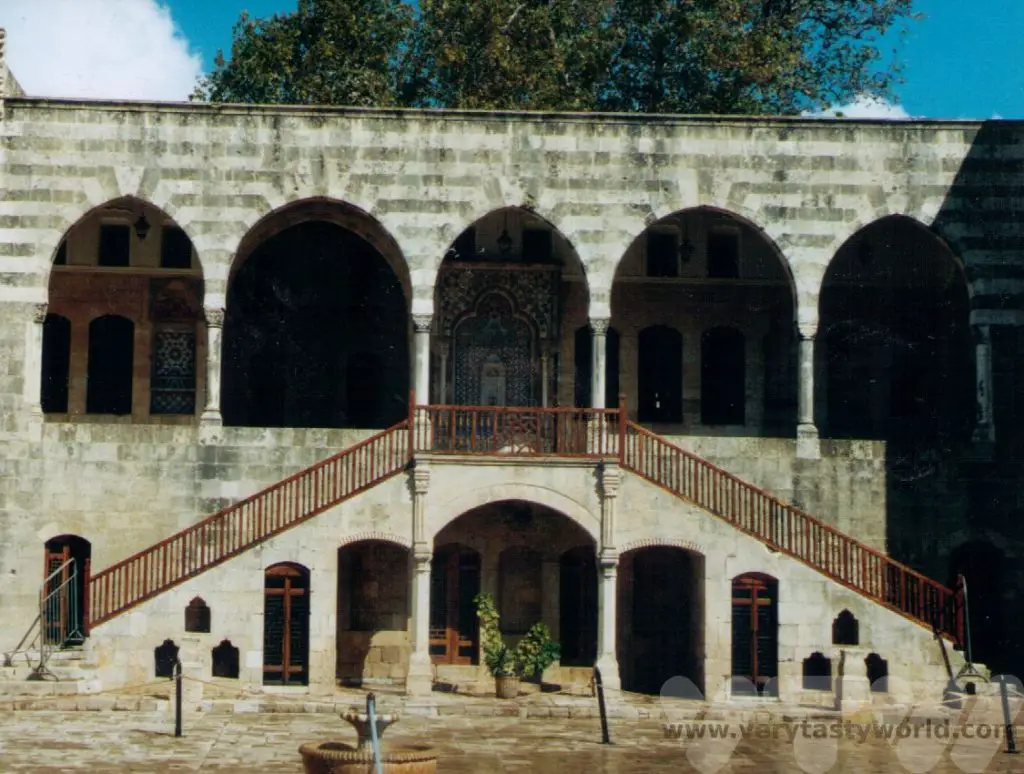
Many of the interiors are carved with cedar wood. It is also the location of the Beiteddine Art Festival which is held every year and showcases the work of local and international artists.
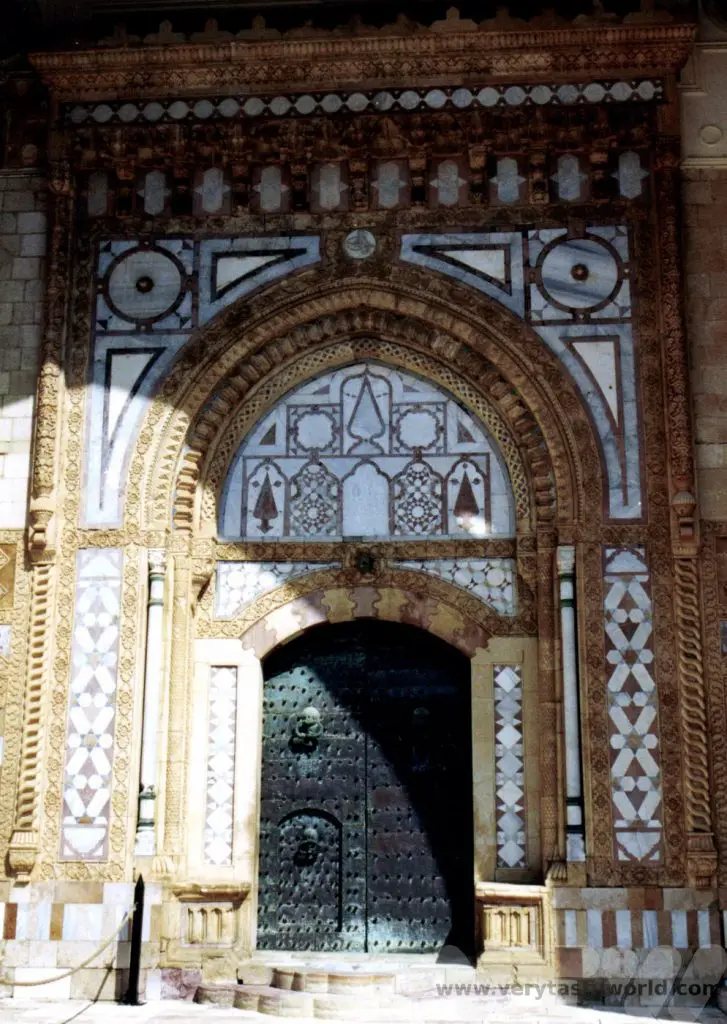
Byblos
North of Beirut, Byblos also has a claim to being the world’s oldest continuously inhabited town. The Phoenicians developed their alphabet there and it is thought that the word ‘bible’ is derived from Byblos. It is a fascinating town to explore with its castle and museums.
The Crusaders arrived in 1103. They called the town Gibelet, after the Lords of Gibelet, members of the Embriaco family from Genoa. They built a castle which was sacked when Saladin attacked the town in 1188 and parts of the walls were taken down.
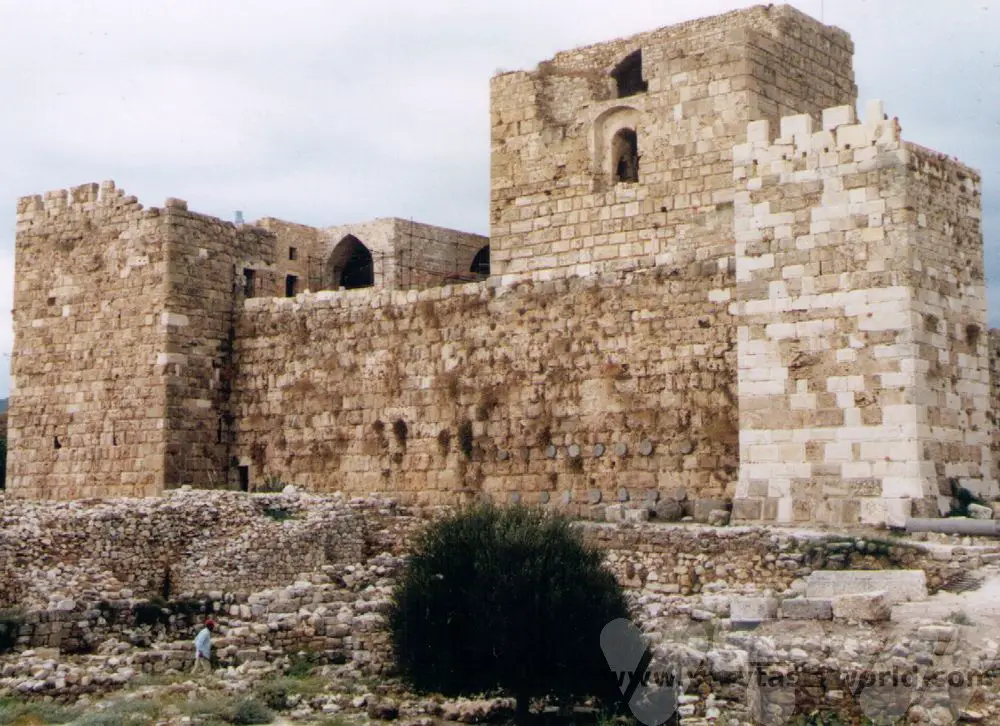
The town was then recaptured in 1197 by the Crusaders and the castle’s fortifications reinforced. They remained in power until the 13th century.
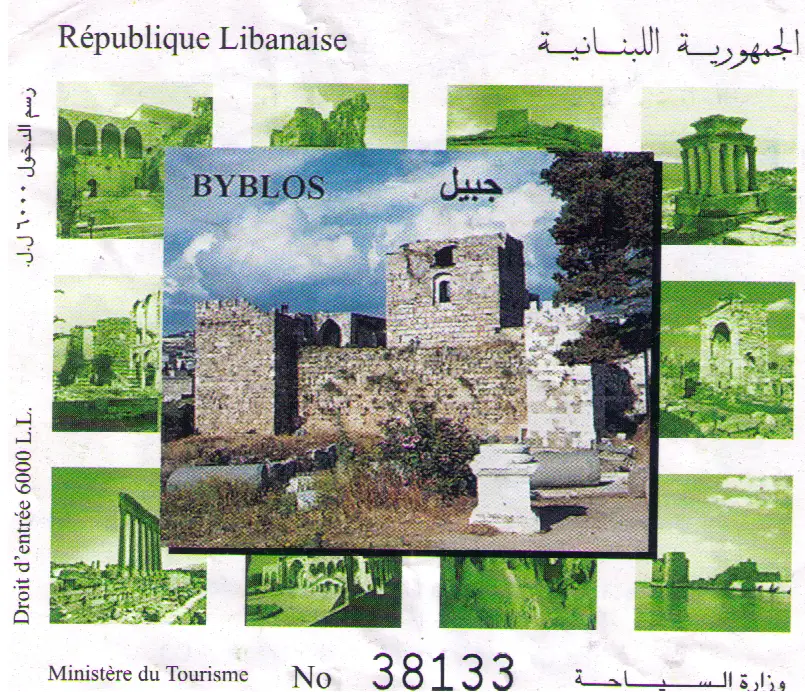
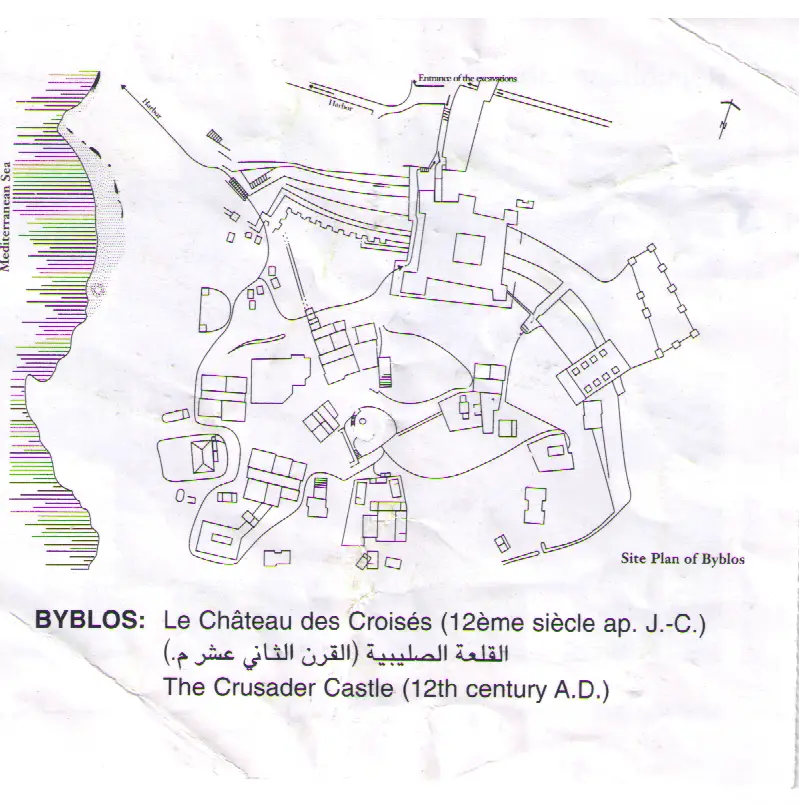
Byblos boasts an excellent beach and also has number of bars and restaurants by the harbour area where you can enjoy a drink or mezze watching the sun set over the sea.
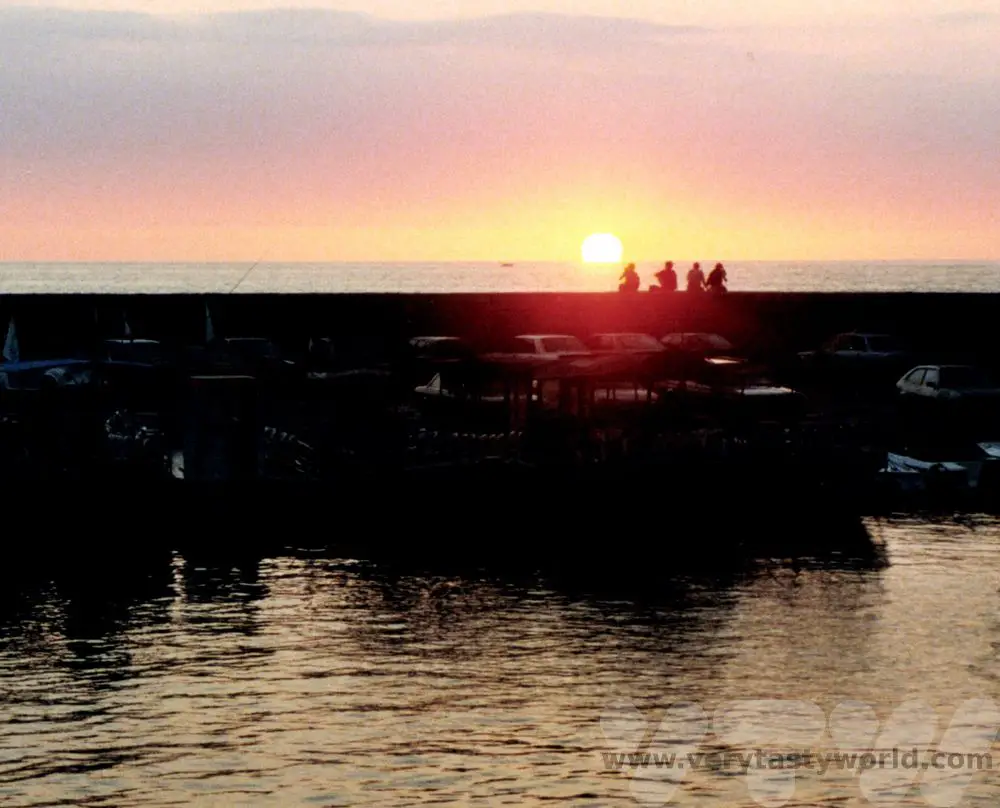
Tripoli
Further north up the coast Tripoli was a town where we particularly enjoyed exploring the souks. Everywhere we went we were welcomed warmly. One of Tripoli’s main attractions is the Citadel of Raymond de Saint-Gilles, a crusader fortress originally constructed in 1103 which has been rebuilt over the centuries.
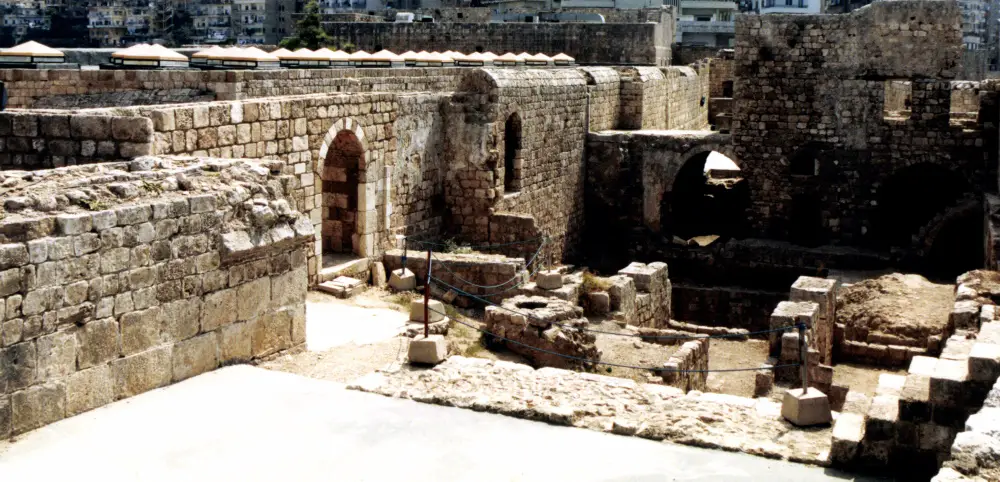
It’s a great place to explore and you can climb onto the walls to get spectacular views of the city.
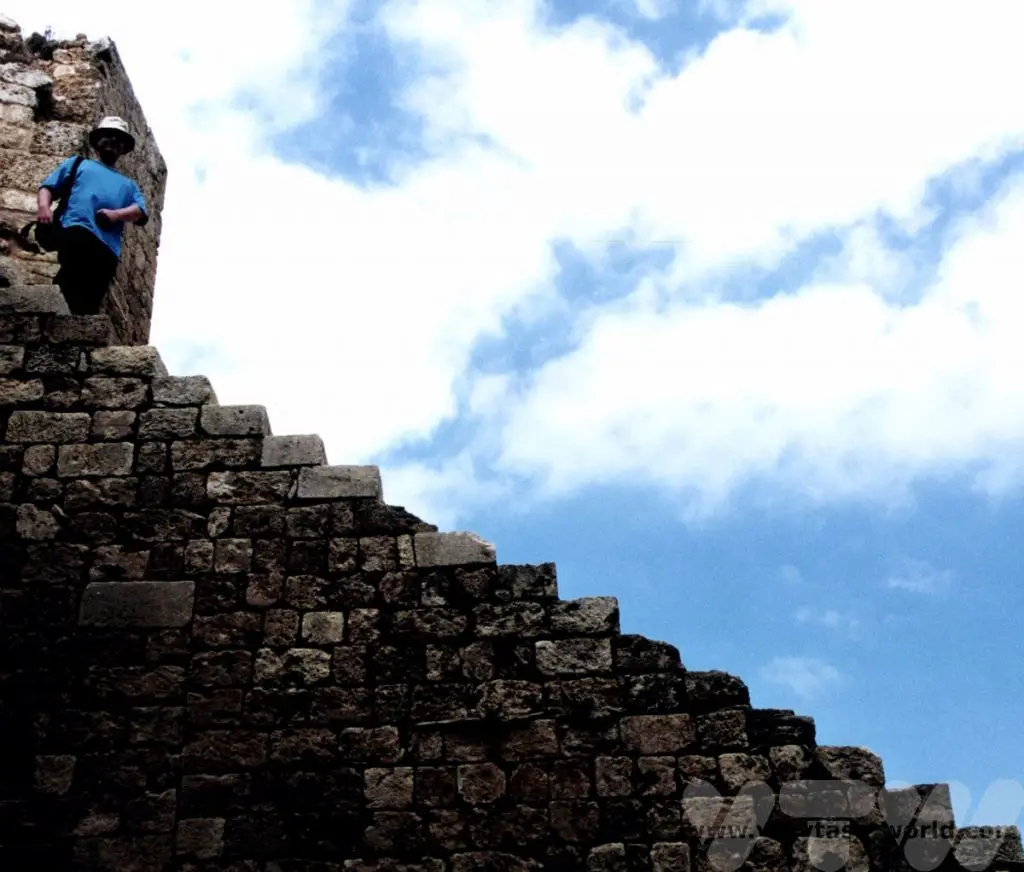
Going Inland
Qadisha Valley and Bcharre
The Qadisha valley is a beautiful area at the foot of Mount al-Makmal and is home to a number of Christian monasteries. Qadisha means ‘holy’ in Aramaic and the river, Nahr Qadisha, flows through the valley. There are some lovely walks in the area.
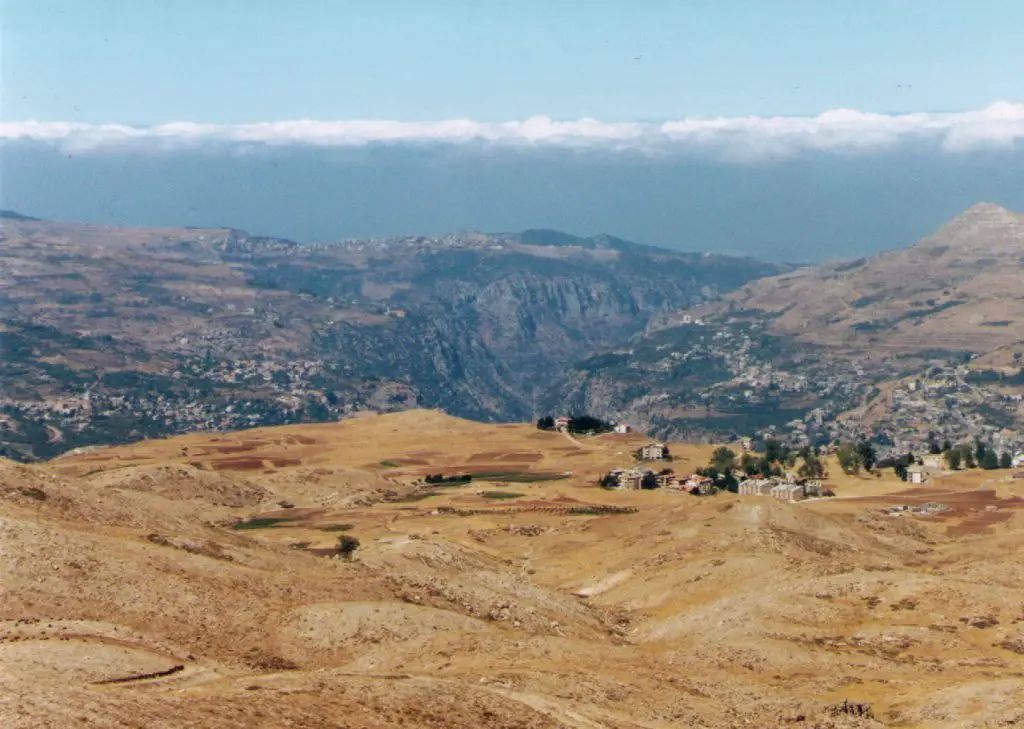
It was here that we discovered Kahlil Ghibran, a Lebanese poet, artist and philosopher, who was born in Bcharre. There is a fascinating museum dedicated to his life and works in the former monastery of Mar Sarkis. His book, The Prophet, a series of 26 fables in the form of poems, is one of the most translated books in history and has never been out of print since its publication in 1923.
The source of the Nahr Qadisha lies in a cave and is located very close to the Cedars of Lebanon. These are known as the Cedars of God and comprise hundreds of trees, some of which are thought to be over 1000 years old.
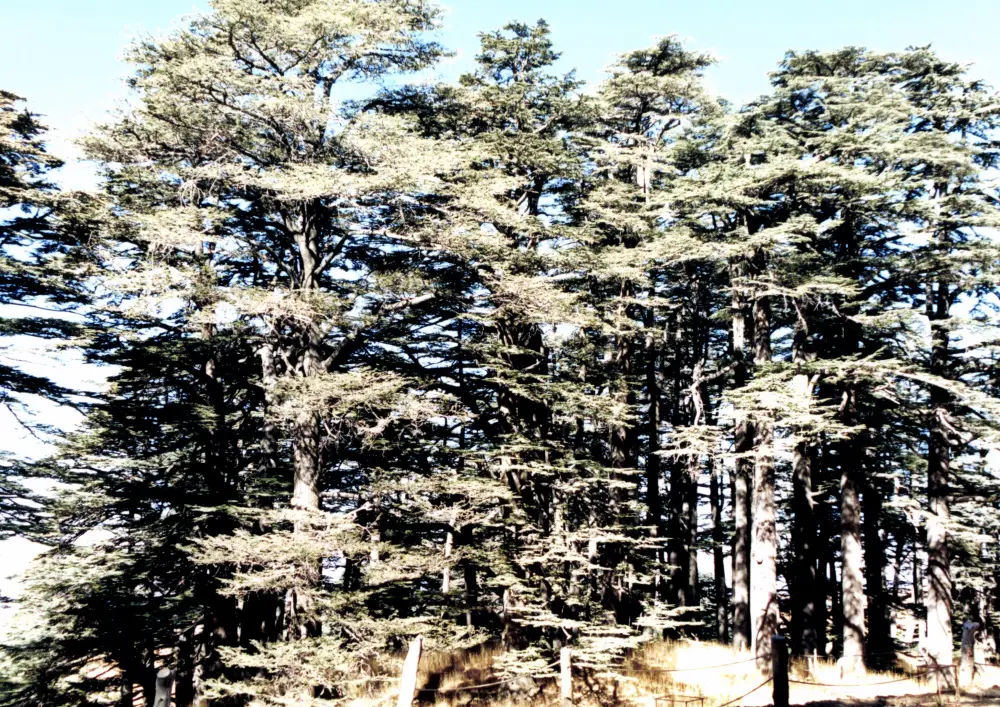
These trees are so important to the country’s heritage and culture, Lebanon’s flag features the cedar at its emblem.
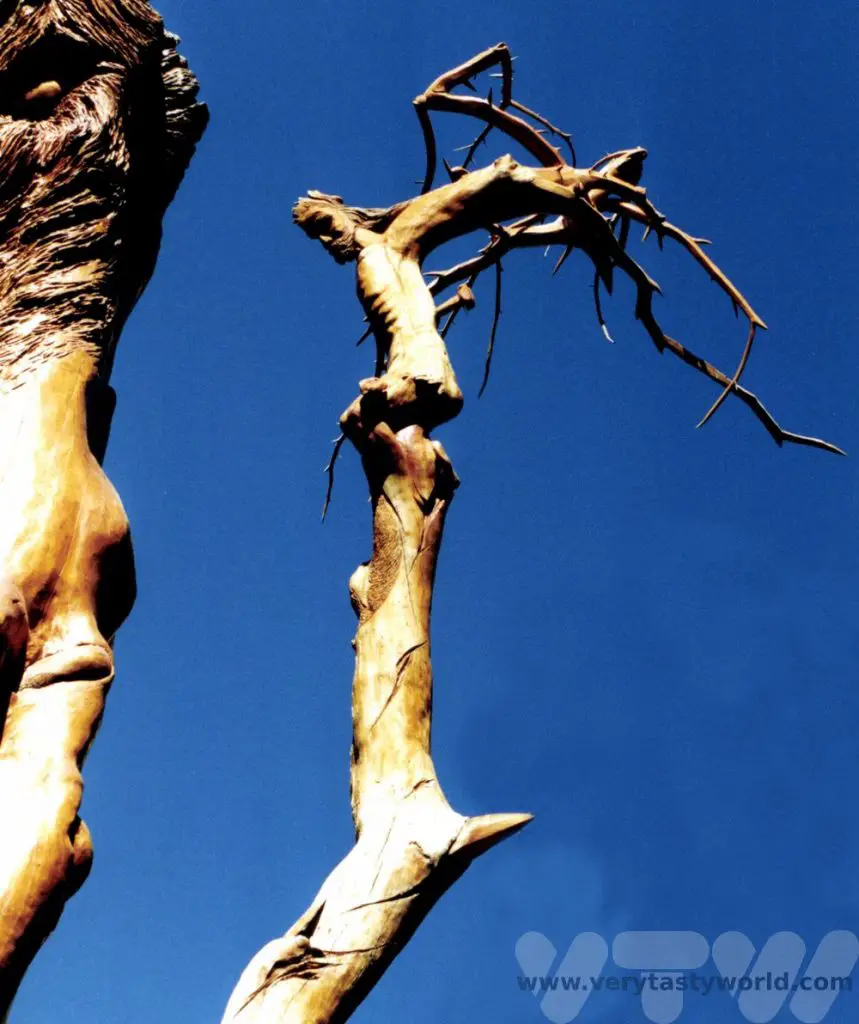
Crossing the Lebanon mountain range into the Beqaa Valley we arrived at Baalbek.
Baalbek
There are many spectacular ruins throughout the Middle East, including in Lebanon and also the Roman city of Jerash in Jordan. But the ruins at Baalbek, a UNESCO site, are astonishing in their scale.
Baalbek was known by the Greeks as Heliopolis, which means ‘Sun City’, and was the place where the Phoenicians worshipped the sun god Baal.
The Temple of Jupiter is the largest complex and, even though it has suffered extensive damage over the years, is still hugely impressive. It is thought that construction started in around 16 BCE.
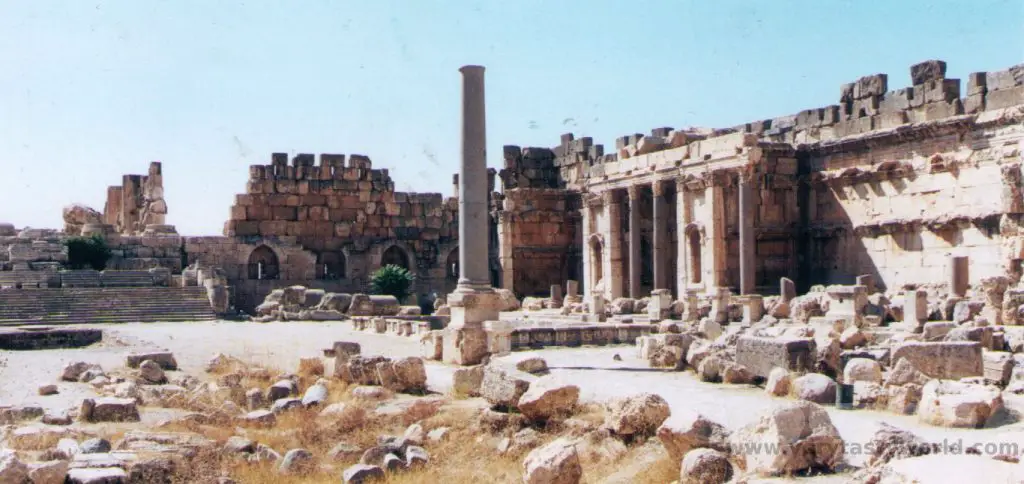
The temple comprises a main plaza set upon a large base comprising foundation walls and a podium. It holds many archaeological mysteries, notably the enormous monoliths from which the walls were constructed – they weigh between 300 and 1200 tonnes. The stones came from a nearby quarry but it is not fully understood how they were placed as it is believed that known Roman construction equipment of the time would not have had the capacity to move them. It’s possible that a bespoke crane was constructed for the purpose or the stones may have been rolled downhill from the quarry.
Originally the temple was encircled by 54 columns, but only 6 remain intact.
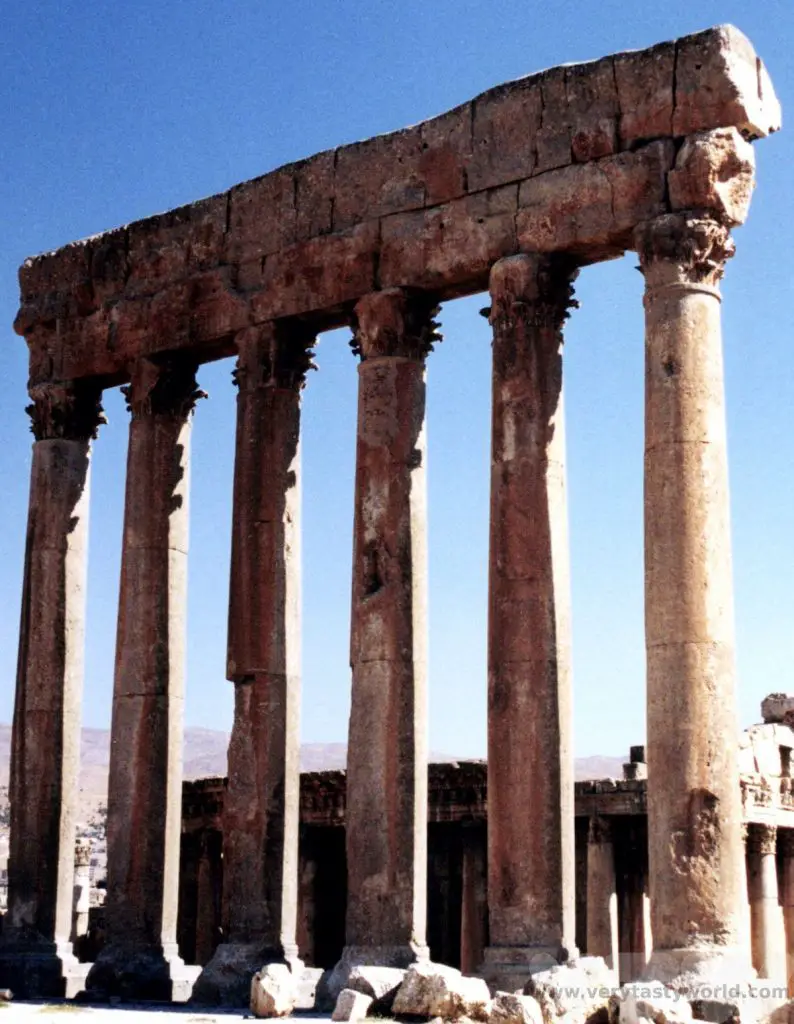
The Temple of Bacchus is the best preserved of all the temples as it had been partially buried and hence was protected from multiple earthquakes over the centuries. It was thought to have been completed in 190 CE by Septimius Severus.
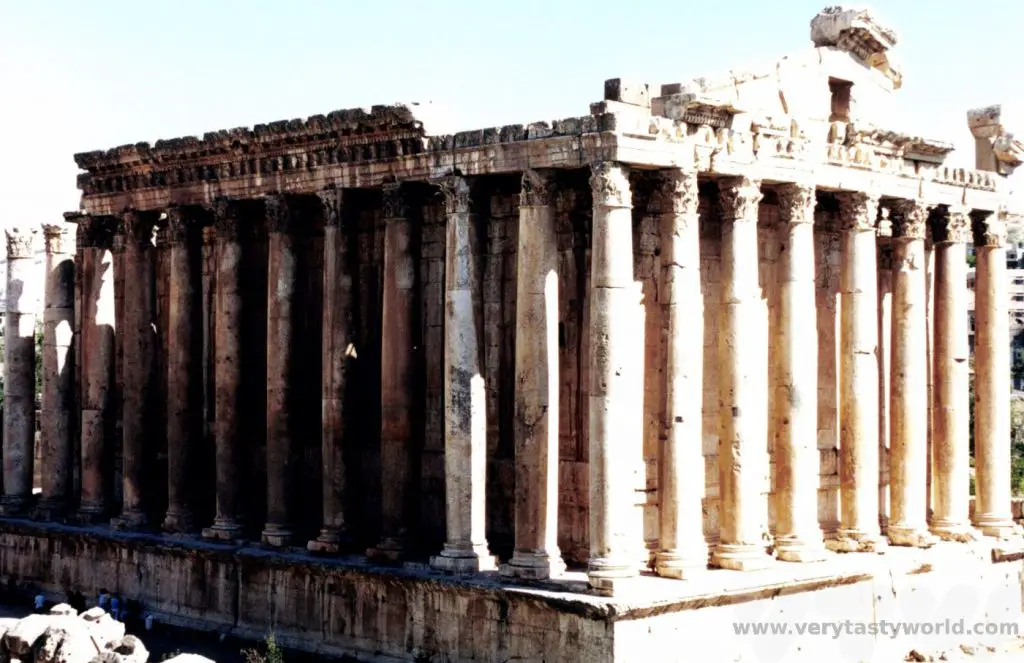
It’s a splendid structure with remarkable details in the stonework showing vines, poppies and wheat, symbols of Bacchus and highly appropriate for the god of wine and festivities. Sometimes you can get lucky and have the whole place to yourself!
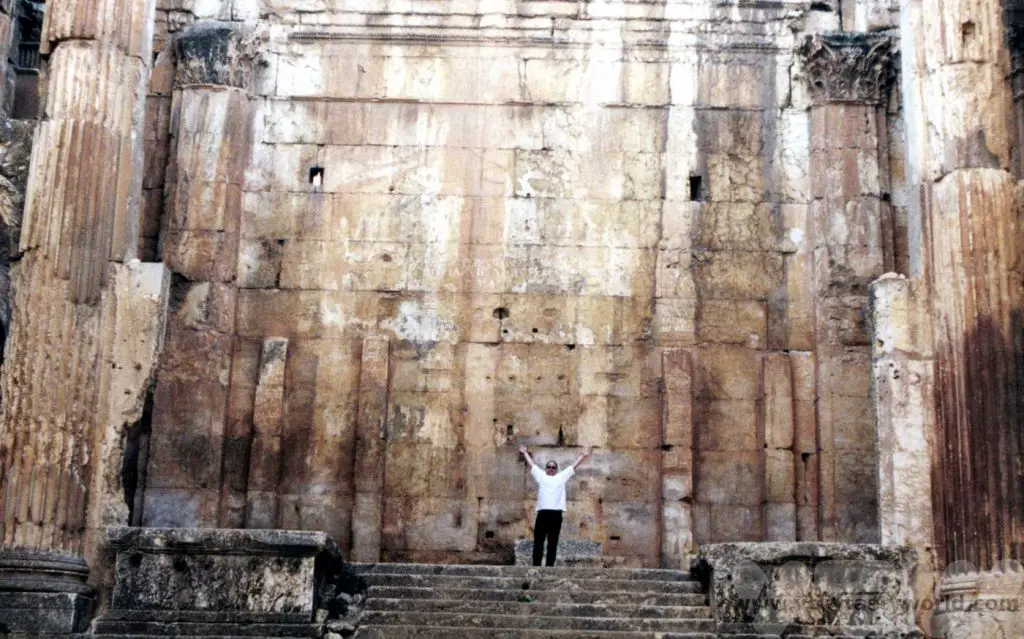
The final temple is the Temple of Venus, also known as Nymphaeum.
A special mention has to go to the Palmyra Hotel in Baalbek, a glorious, decadent building that was built in 1874 and has remained open ever since. Filled with original Jean Cocteau paintings it has hosted artists, musicians, writers, celebrities and even royalty over the decades. It has most definitely seen better days but was a fabulous place to stay.
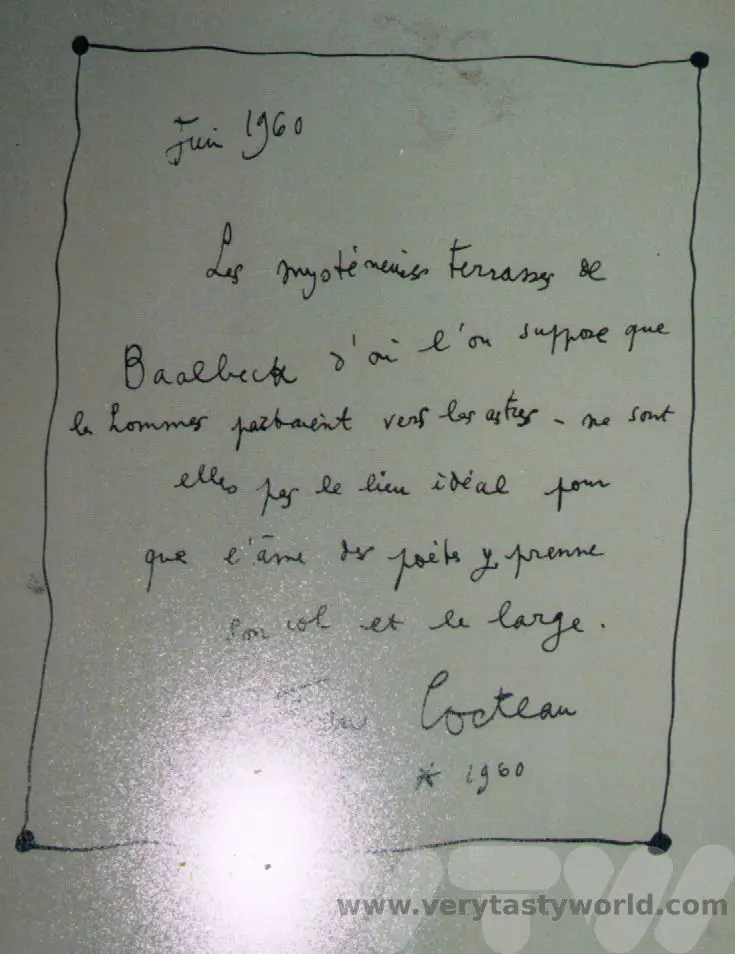
Anjar
Anjar is a fortified town that is completely different to other sites in the country. It was a city developed during the early 8th century CE and is the best example of an inland centre of commerce in the region. The Umayyads, the first hereditary dynasty of Islam, created an empire from around 660 to 750 CE. They were highly skilled in planning and development and the empire prospered until they were defeated by the Abbasids.
It’s a fascinating site to explore. Umayyad Caliph Walid I commenced construction in 714. Based on a Roman layout , Anjar had over multiple shops, a Grand Palace, a mosque and thermal baths. However, the site was later abandoned.
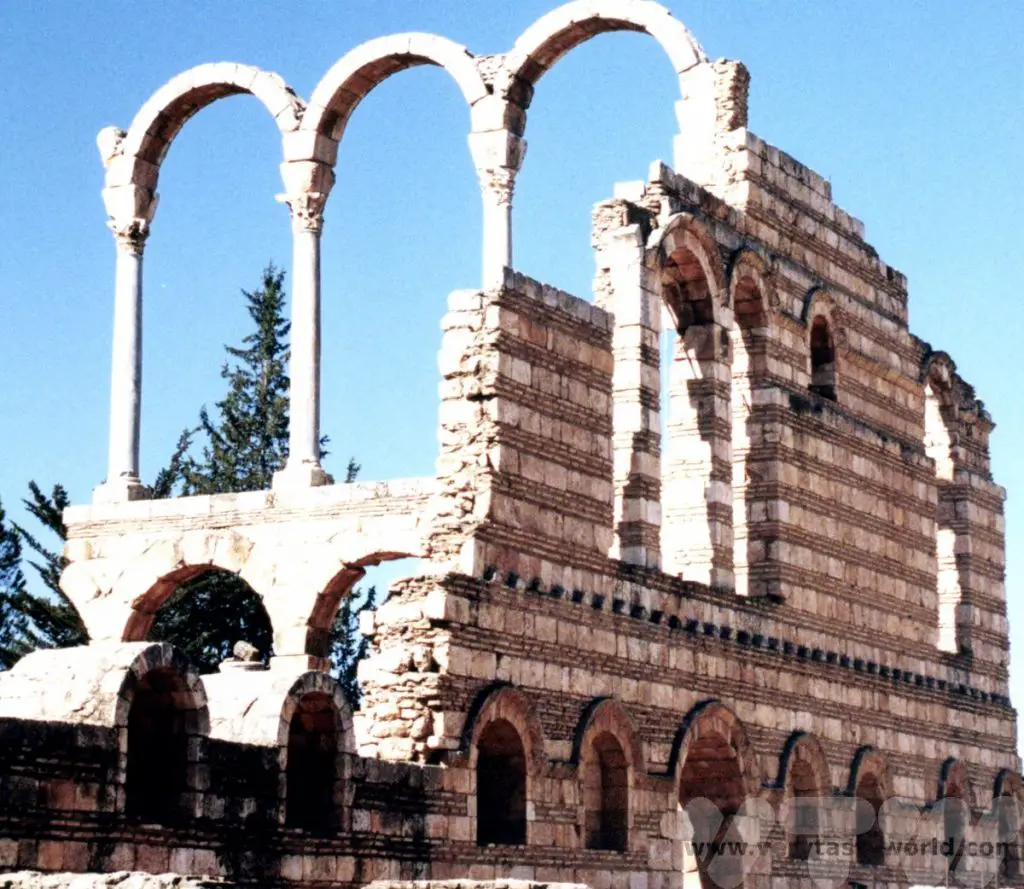
The Grand Palace is one of the best preserved ruins. It has an impressive courtyard that is heralded by magnificent arches.
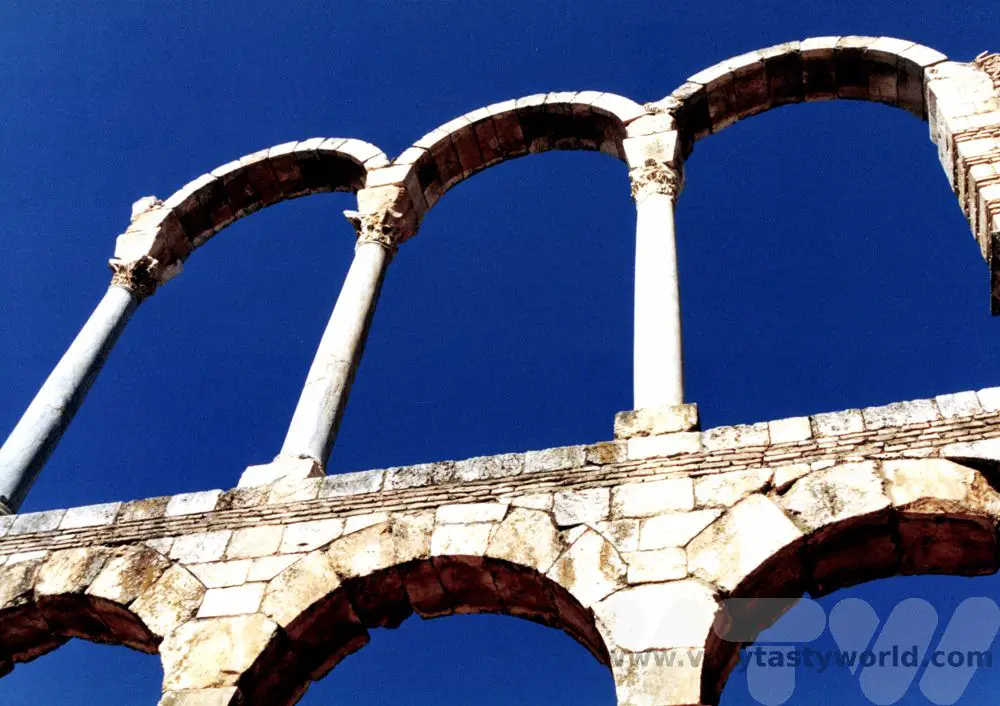
Lebanese Food and Drink
A trip to the Middle East wouldn’t be complete without a mezze. Mezze is often described as middle-eastern tapas – a selection of small dishes shared by everyone at the table. It’s a lovely, sociable way of eating and you can get to try a variety of dishes.
Amongst the many dishes on offer we had creamy hummus heavily laced with tahini and drizzled with olive oil, smoky baba ganoush (aubergine dip), crispy falafel (deep fried chickpea fritters), foul (bean stew, pronounced ‘full’, not ‘fowl’!), spicy, herby kibbe (small meatballs of lamb mince and cracked wheat), cauliflower tarata (a sauce of tahini sesame paste, lemon juice, garlic, and parsley), multiple salads, including fattoush, which has lots of bread to soak up the lemony olive oil dressing. All enjoyed with delicious flatbreads and sometimes chips.
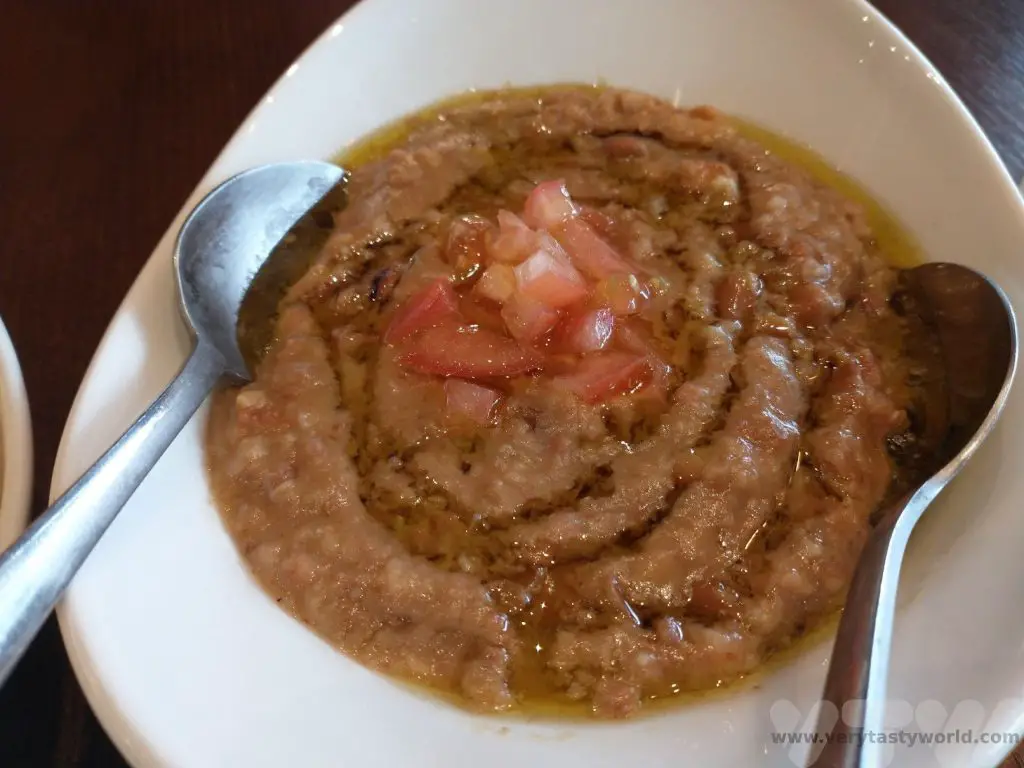
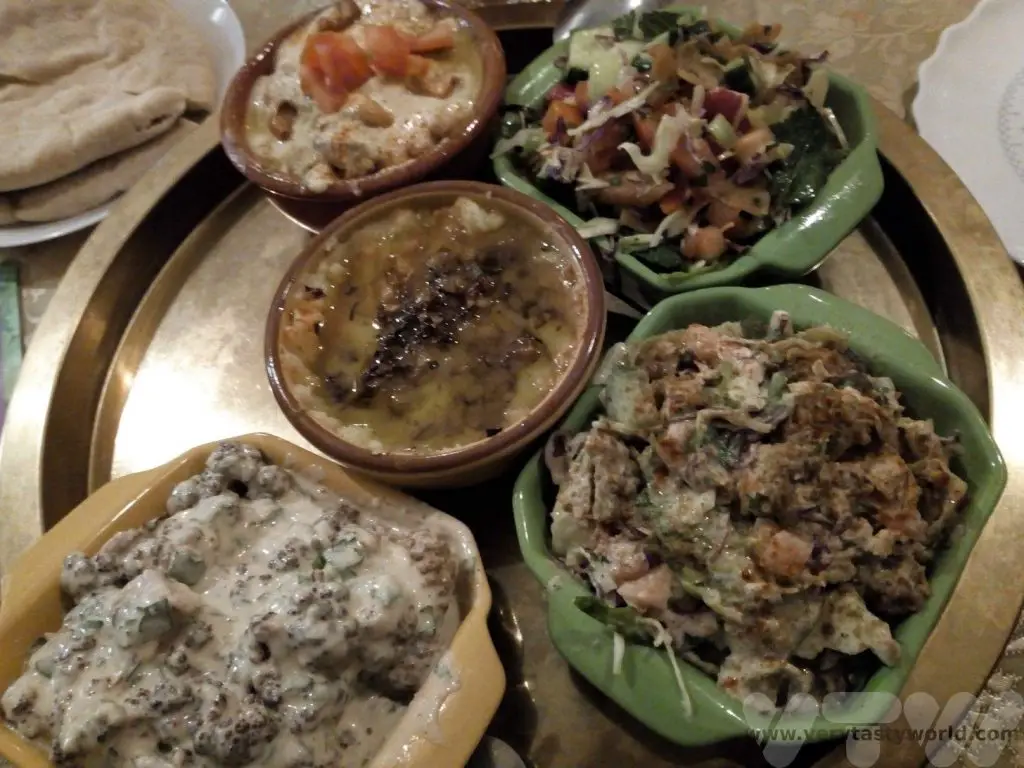
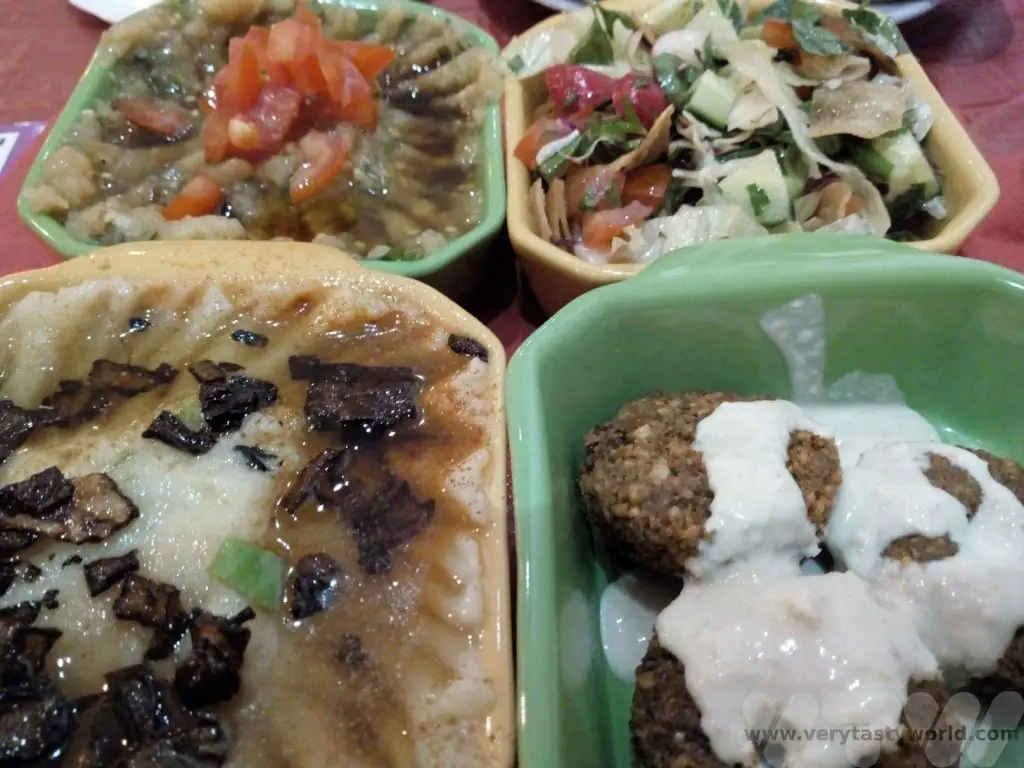
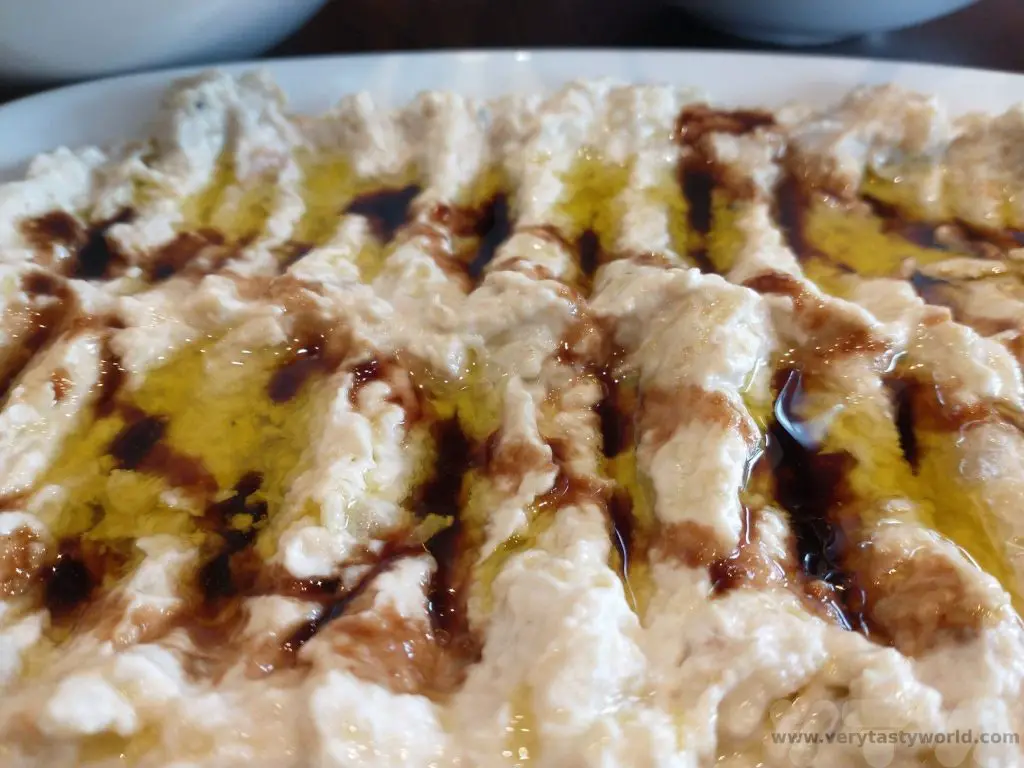
Grilled meats are popular for main courses – they are delicately spiced and very juicy. Lamb and chicken are likely to be the meats on offer.
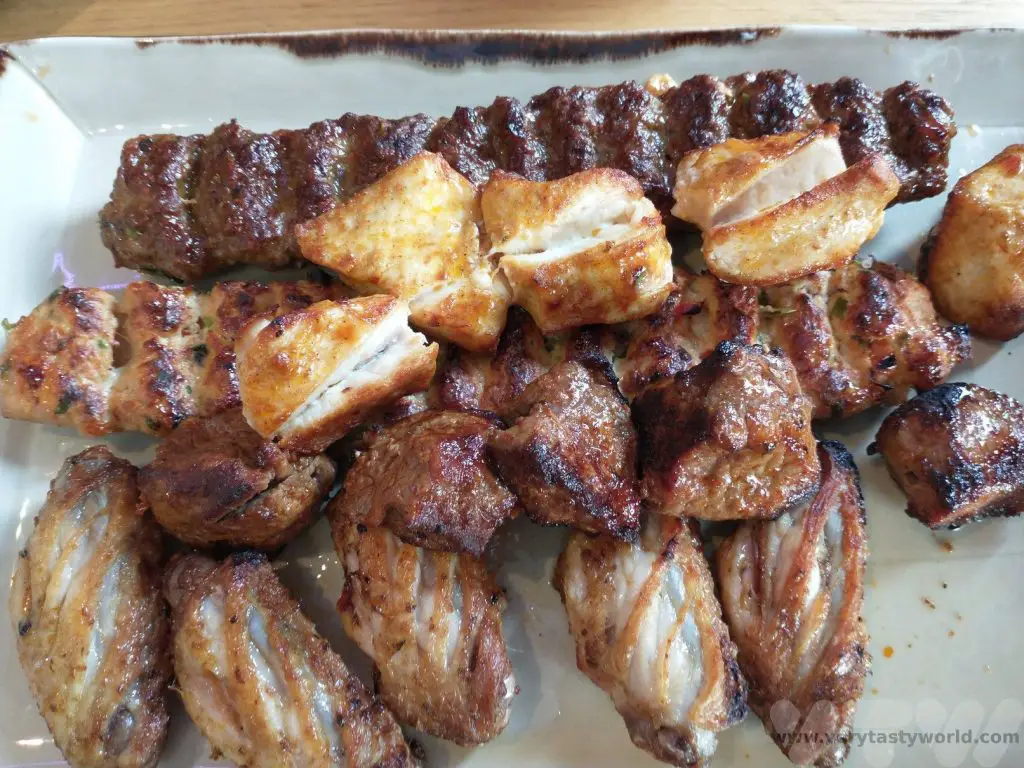
And you can’t go to Lebanon and not try the street food. Shawarma is a flat bread filled with grilled meats and chips!
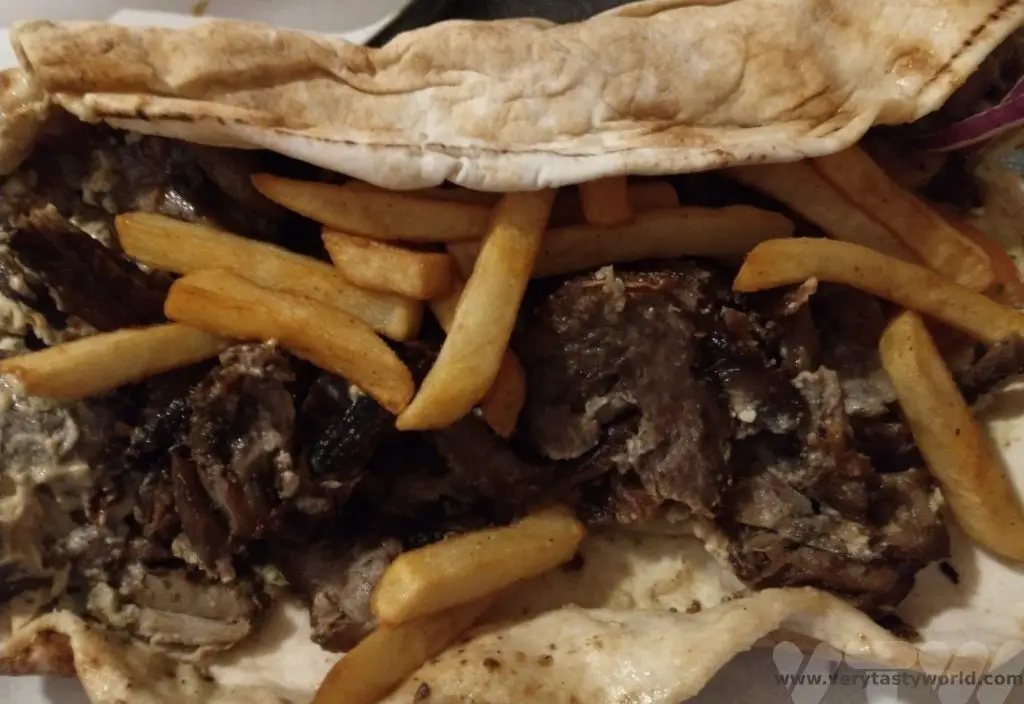
Alcohol is freely available in Lebanon. The spirit of choice is Arak – a distilled aniseed flavoured drink. It’s a bit of a love-hate thing, Colin loves the flavour and could easily drink it all day, Mitch really can’t bear aniseed and shivers at the thought of it.
It’s a little known fact that Lebanese wine is absolutely awesome. Lebanon is one of the oldest wine-producing countries in the world (along with Georgia and the Caucasus region in general). Vineyards are mainly located in the southern part of the Beqaa Valley and they produce delicious and very quaffable fruity reds. Chateau Musar is one of the most famous wine producers.
Chateau Ksara is Lebanon’s oldest and largest winery and it is possible to visit the vineyards and winery. Dating from 1857, Jesuit monks planted French vines and stored their wine in local caves. Their wine is absolutely delicious. They do export it so try to get hold of a bottle or three if you can.
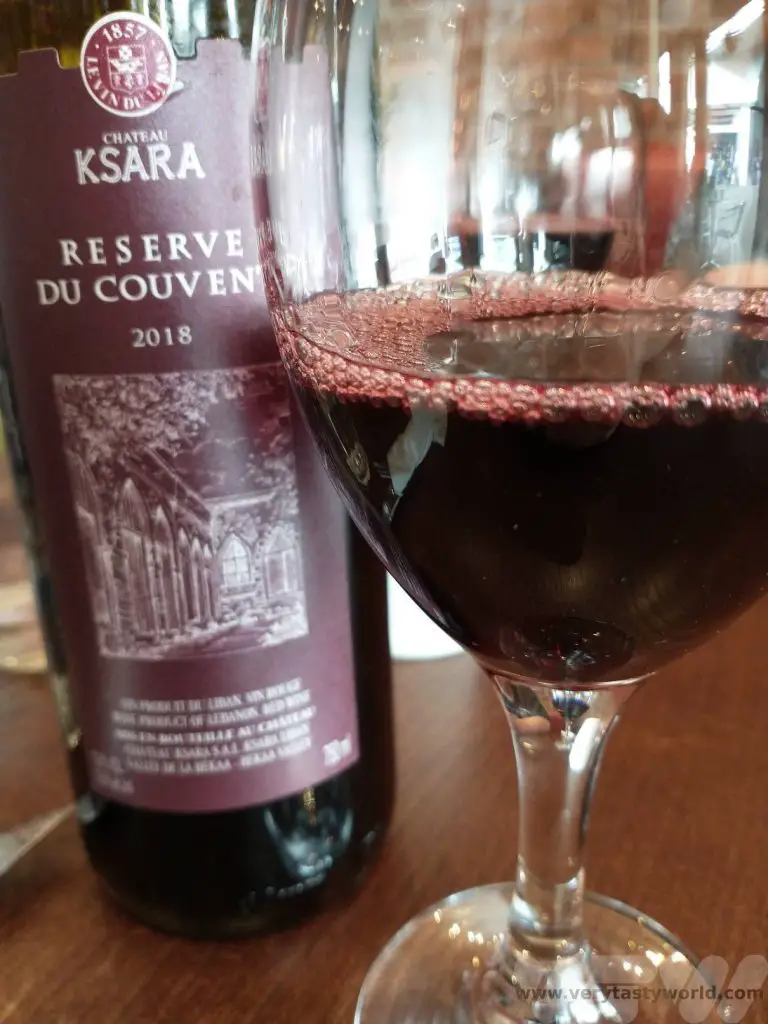
Related Posts You May Enjoy
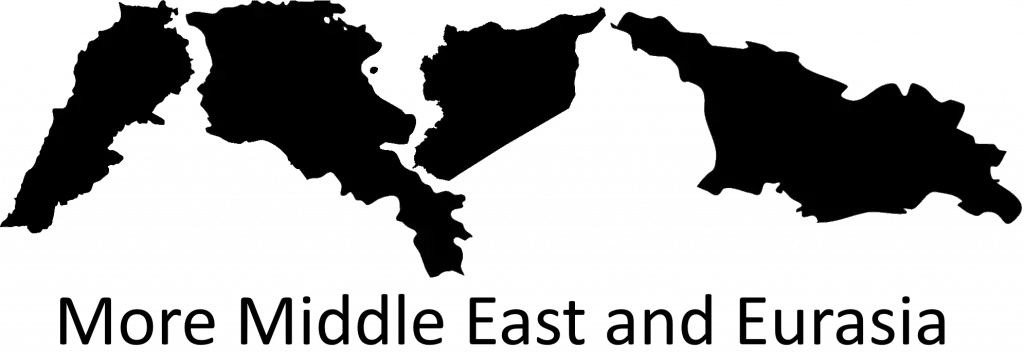
- Where To Go In Lebanon – A Visitor’s Guide
- Visit Petra in Jordan
- Toasting Tradition in Georgia
- Visiting The Dead Sea In Jordan
- The Roman Ruins in Jerash, Jordan
- Who Ate All the Pies (Including the Georgian Cheese Boat)?

- RECIPE Oyakodon Donburi
- Zero Waste Recipes Before Your Holiday
- RECIPE: Vegetable Biryani Tamil Nadu Style
- RECIPE: Vegan Wild Garlic Pesto
- Recipe: Venetian Pasta Sauce
- RECIPE: Biryani Raita Recipe
- RECIPE: How to Make Costa Rica’s Gallo Pinto
- Recipe: Japanese Simmered Pork Belly – Buta no Kakuni
- RECIPE: How to Make Umeboshi
